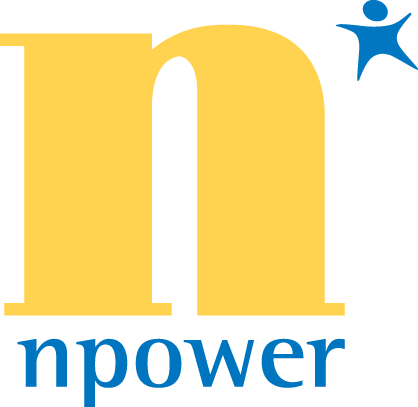 This is my first #20Things list in keeping with my annual theme. Here are the #20Things I have learned or re-learned as a result of serving as a volunteer trustee on a board of directors!
This is my first #20Things list in keeping with my annual theme. Here are the #20Things I have learned or re-learned as a result of serving as a volunteer trustee on a board of directors!
1. Keep the mission front and center and reiterate it before the start of every meeting to keep people focused on our reason for being.
2. Discuss and define empowerment. What does that look like as we supervise other volunteers and as we guide our paid staff?
3. Constantly revisit what type of work is best suited for staff and what’s appropriate for volunteers to execute.
4. Say thank you. A lot. Volunteers aren’t paid to do this work. We need to remember that time is our greatest asset – do not jack around with others’ assets!
5. Sometimes the least exciting and meaningful volunteer work is the most necessary and the most important to organizational health. Can I get a “woop woop” for updating bylaws?
6. Update volunteer job descriptions on an annual basis so you don’t get caught updating ancient documents which are irrelevant.
7. Plan for a board development conversation, update, or technology tidbit at every meeting for continuous learning.
8. Do a reality check of time invest in committees and add that to volunteer job descriptions.
9. Use technology to your advantage! Zoom meetings, Doodle polls, and other resources are immensely helpful.
10. Ask how people like to communicate best – some like phone calls, others like video meetings, others, email.
11. Ask how documents are archived. What needs to be saved forever? What is the expiration date on other documents? Ask if there is a document retention policy. If not, create one now!
12. Intentionally build relationships and trust outside of the board room. That will make for better discussion and decisions.
13. Constantly talk about board succession planning. Who should we think about now to woo for the future? What skills and experiences are we missing in our team?
14. Keep the diversity and inclusion conversation alive. Diversity of thought, opinion, and perspective is needed for better conversation and results. Take a look around to see what similarities people may assume about the leadership team. Ask, “What perspectives and diversity are we missing?”
15. Match new board members with a Board Buddy to get a sense of culture, scheduling, expectations, key dates, etc.
16. Define success as a team. Get some consensus and understanding of what we need to do as a team.
17. Figure out how to keep the strategic plan alive and dynamic. It shouldn’t put a strangle-hold on creativity. It shouldn’t be used as a check list of activity. It also shouldn’t be so loose that programs and initiatives aren’t tethered to it.
18. Share articles on the industry, the competition, and trends affecting the people and organization.
19. Occasionally do some environment scanning to get your head out of the day-to-day details. Look around and notice what’s happening to other nonprofits, boards, and fundraising organizations.
20. Respect and value the experiences each person brings to the table. We have been brought together to think at the same time but NOT think alike.
